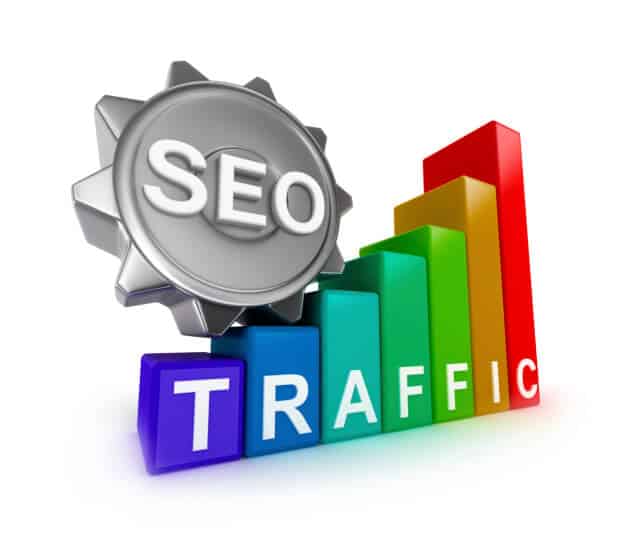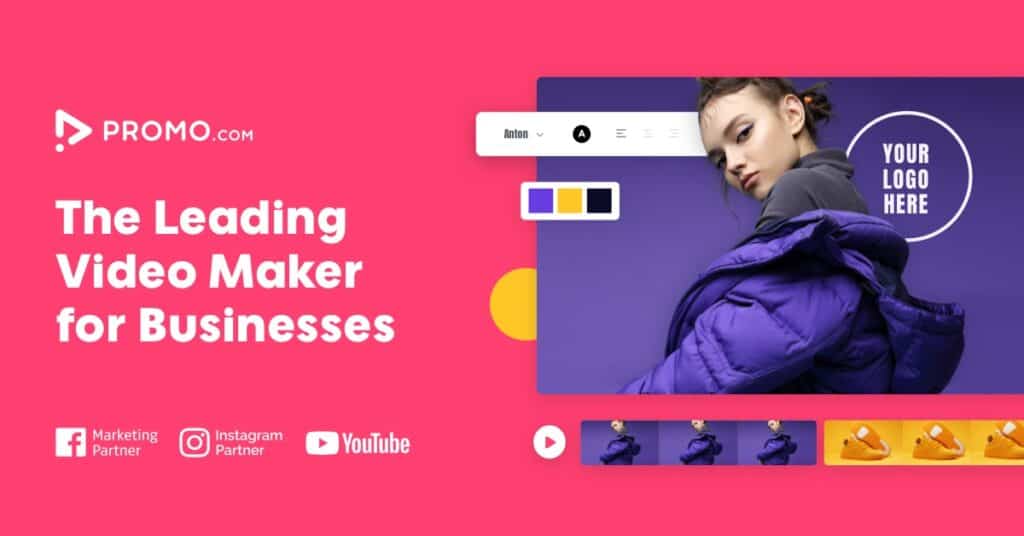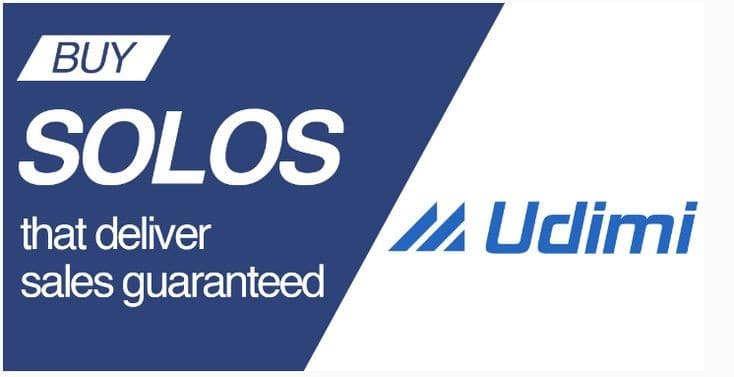In today’s digital age, where online presence is crucial for businesses and individuals alike, driving traffic to your website is paramount. It not only boosts brand visibility but also opens up opportunities for conversions and growth. To help you achieve your goal of increasing website traffic, we have compiled this comprehensive guide. With our expert tips and strategies, you’ll be equipped to outrank your competitors and attract a steady stream of visitors to your website.
Understanding the Importance of Website Traffic
Website traffic serves as a vital metric for measuring the success and effectiveness of your online presence. The more visitors you have, the greater your chances of achieving your desired outcomes, whether it’s generating leads, making sales, or increasing brand awareness. A steady flow of targeted traffic not only expands your customer base but also enhances your credibility and authority in your industry.
Keyword Research: Laying the Foundation
Before diving into specific strategies, it’s essential to conduct thorough keyword research. Keywords are the building blocks of your content and serve as the bridge connecting users’ search queries to your website. By identifying relevant keywords with high search volumes and low competition, you can optimize your content and improve its chances of ranking higher in search engine results pages (SERPs).
Targeting Long-Tail Keywords for Precise Traffic
Long-tail keywords are longer, more specific phrases that reflect users’ search intent. While they may have lower search volumes compared to broad keywords, they often bring in more targeted traffic. By incorporating long-tail keywords into your content, you can attract users who are actively seeking the information, products, or services you offer. This targeted approach increases the likelihood of conversions and engagement.
Utilizing Keyword Research Tools
To identify the most relevant and effective keywords for your website, it’s beneficial to utilize keyword research tools. These tools provide valuable insights into search volumes, competition levels, and related keywords. By leveraging tools such as Google Keyword Planner, SEMrush, or Ahrefs, you can refine your keyword selection and gain a competitive edge in your niche.
Crafting Compelling Content
Once you have a solid understanding of your target keywords, it’s time to create high-quality, engaging content that resonates with your audience. Exceptional content not only attracts visitors but also encourages them to stay on your site, explore further, and take the desired actions.
Captivating Headlines: Grabbing Attention from the Start
The headline of your content is the first impression you make on potential readers. It should be captivating, concise, and clearly convey the value they can expect from your content. By crafting attention-grabbing headlines that incorporate your target keywords, you can increase click-through rates and entice users to explore your website further.
Informative and Value-Driven Subheadings
Subheadings play a crucial role in organizing your content and making it easily scannable for users. They break down your article into digestible sections and provide a clear structure for readers. Additionally, including keywords in your subheadings helps search engines understand the context and relevance of your content, further boosting your chances of ranking higher in SERPs.
Compelling and Relevant Body Text
The body text of your content should be informative, comprehensive, and highly relevant to your target audience. Use a conversational tone to connect with readers and provide in-depth insights, actionable tips, or detailed explanations. Remember to incorporate your target keywords naturally throughout the content, ensuring it flows smoothly and remains engaging.
Visual Content: Enhancing Engagement and Shareability
Incorporating visual content into your articles can significantly enhance user engagement and make your content more shareable. Consider adding relevant images, infographics, or videos that supplement your written content. Visual elements not only break up the text
but also provide additional value and appeal to different learning styles. Furthermore, visual content has the potential to go viral, increasing your website’s visibility and attracting more traffic.
Example of a Markdown Mermaid Diagram
graph LR
A[Quality Content]
B[Engaging Headlines]
C[Informative Subheadings]
D[Comprehensive Body Text]
E[Visual Content]
A --> B
A --> C
A --> D
A --> E
On-Page Optimization: Maximizing Visibility
In addition to crafting compelling content, optimizing your web pages for search engines is crucial for outranking your competitors and increasing traffic. Here are some key on-page optimization strategies to consider:
Meta Tags: Enhancing Click-Through Rates
Meta tags, including meta titles and meta descriptions, provide concise summaries of your web pages. By incorporating your target keywords into these tags and making them enticing to users, you can increase click-through rates from search engine results. A compelling meta description encourages users to visit your website, boosting your traffic and improving your overall ranking.
URL Structure: Keeping It Clean and Descriptive
A clean and descriptive URL structure is beneficial for both search engines and users. Including relevant keywords in your URLs helps search engines understand the content of your pages, while also making it more user-friendly and memorable. Avoid using complex or irrelevant URLs that can confuse both search engines and users, negatively impacting your website’s visibility.
Internal Linking: Enhancing Navigation and SEO
Internal linking refers to the practice of linking relevant pages within your website together. It enhances navigation, allowing users to explore related content, and also helps search engines understand the structure and relevance of your website. By strategically incorporating internal links with relevant anchor text, you can distribute link authority throughout your website and increase your overall search ranking.
Off-Page Strategies: Building Authority and Backlinks
Off-page strategies focus on activities outside of your website that contribute to its visibility and authority. Building a strong online presence through reputable backlinks and social signals can significantly improve your website’s search rankings and drive more traffic.
Backlink Acquisition: Quality over Quantity
Backlinks from reputable and authoritative websites act as votes of confidence for your content and website. Focus on acquiring high-quality backlinks from relevant sources in your industry. This can be achieved through guest blogging, forming partnerships, or creating outstanding content that naturally attracts links. By prioritizing quality over quantity, you can build a strong backlink profile and improve your website’s credibility.
Social Media Promotion: Amplifying Your Reach
Leverage the power of social media platforms to amplify your content and attract a wider audience. Share your articles, infographics, or videos on social media channels where your target audience is most active. Encourage social sharing, engagement, and discussion around your content to increase its visibility and drive more traffic to your website.
Conclusion
Increasing website traffic requires a multifaceted approach that encompasses keyword research, compelling content creation, on-page optimization, and off-page strategies. By implementing the strategies outlined in this comprehensive guide, you’ll be well-equipped to outrank your competitors and attract a steady stream of targeted visitors to your website. Remember, consistency, quality, and relevance are the keys to long-term success. Now it’s time to put these strategies into action and watch your website’s traffic soar to new heights.




